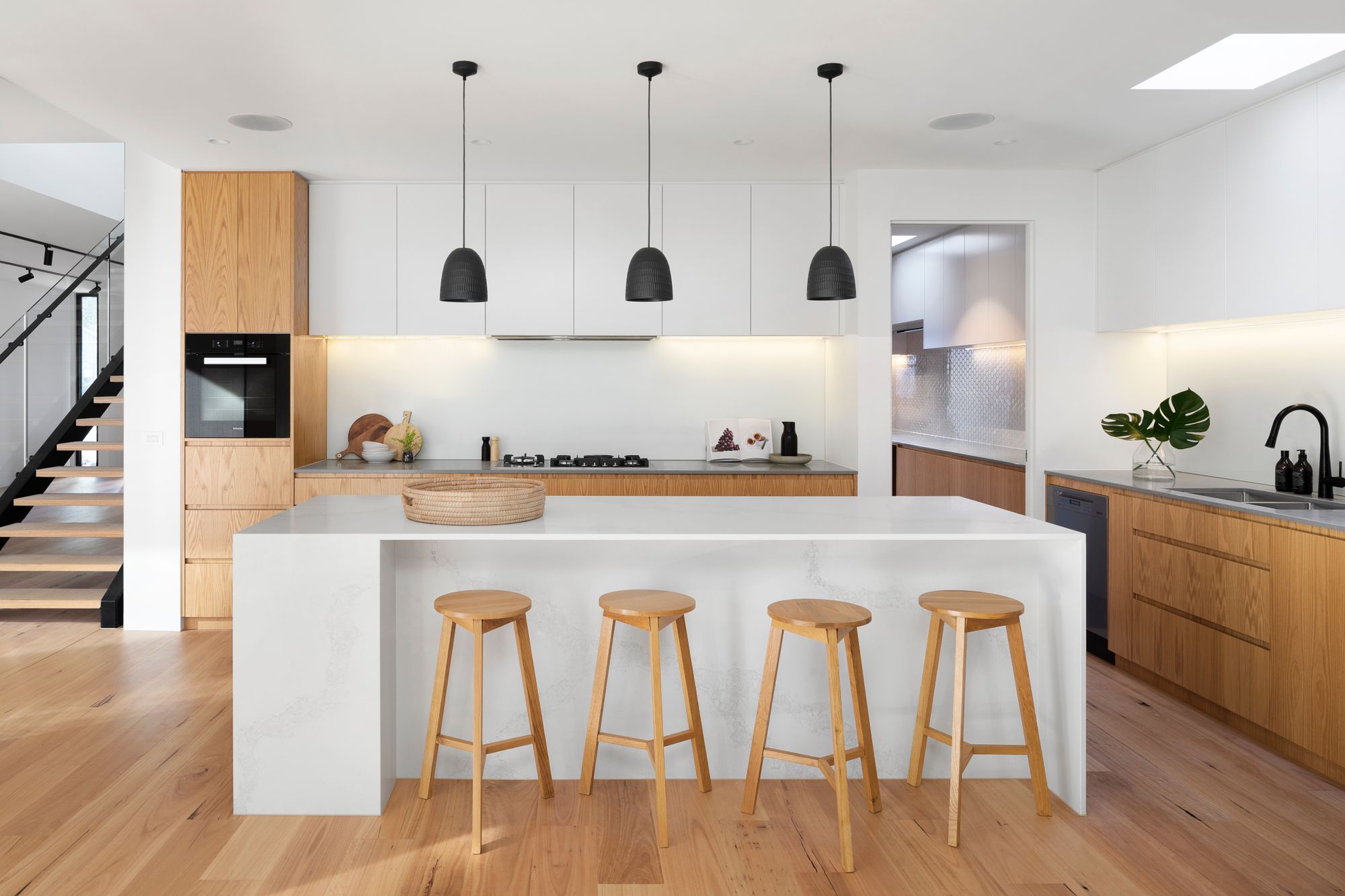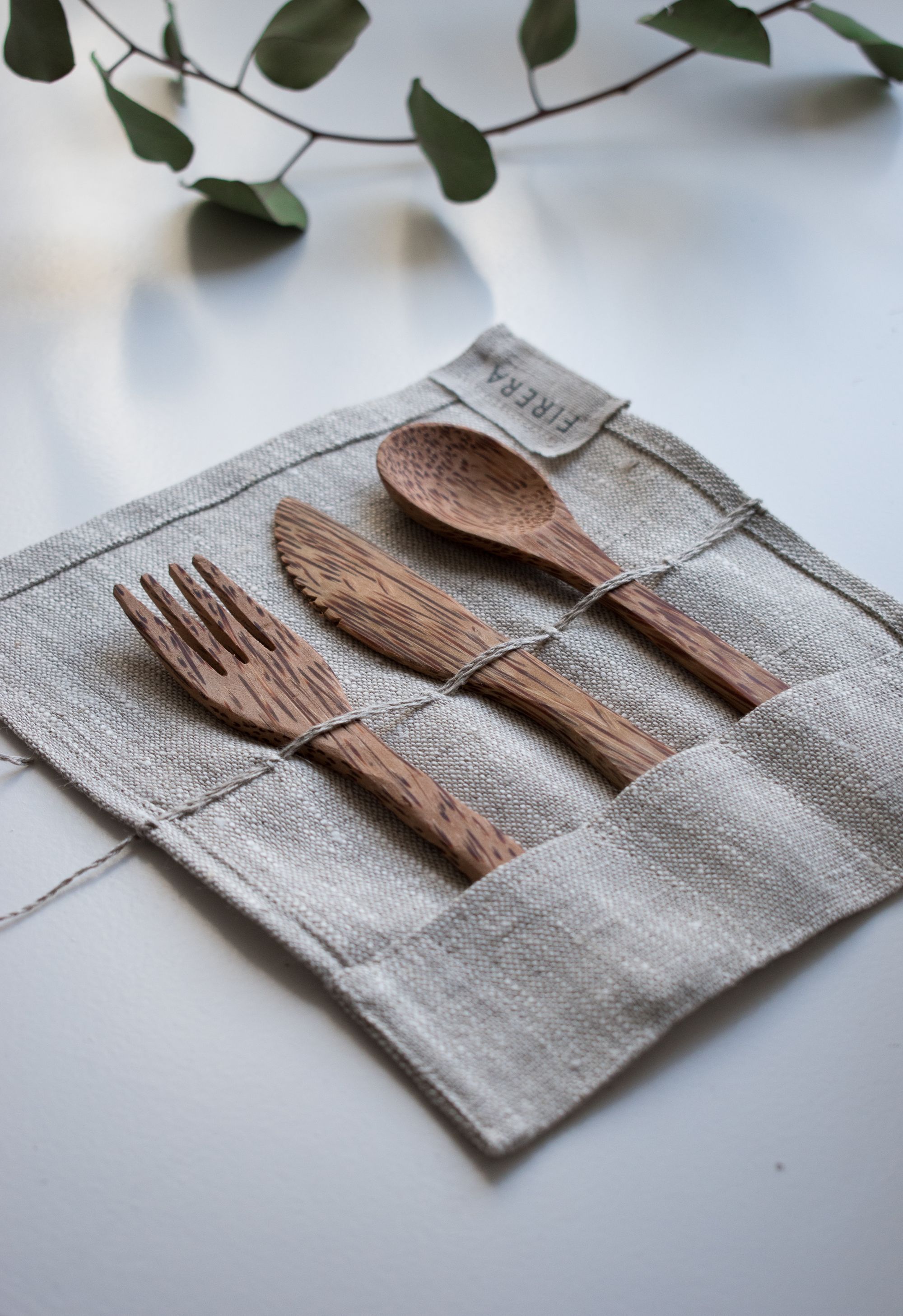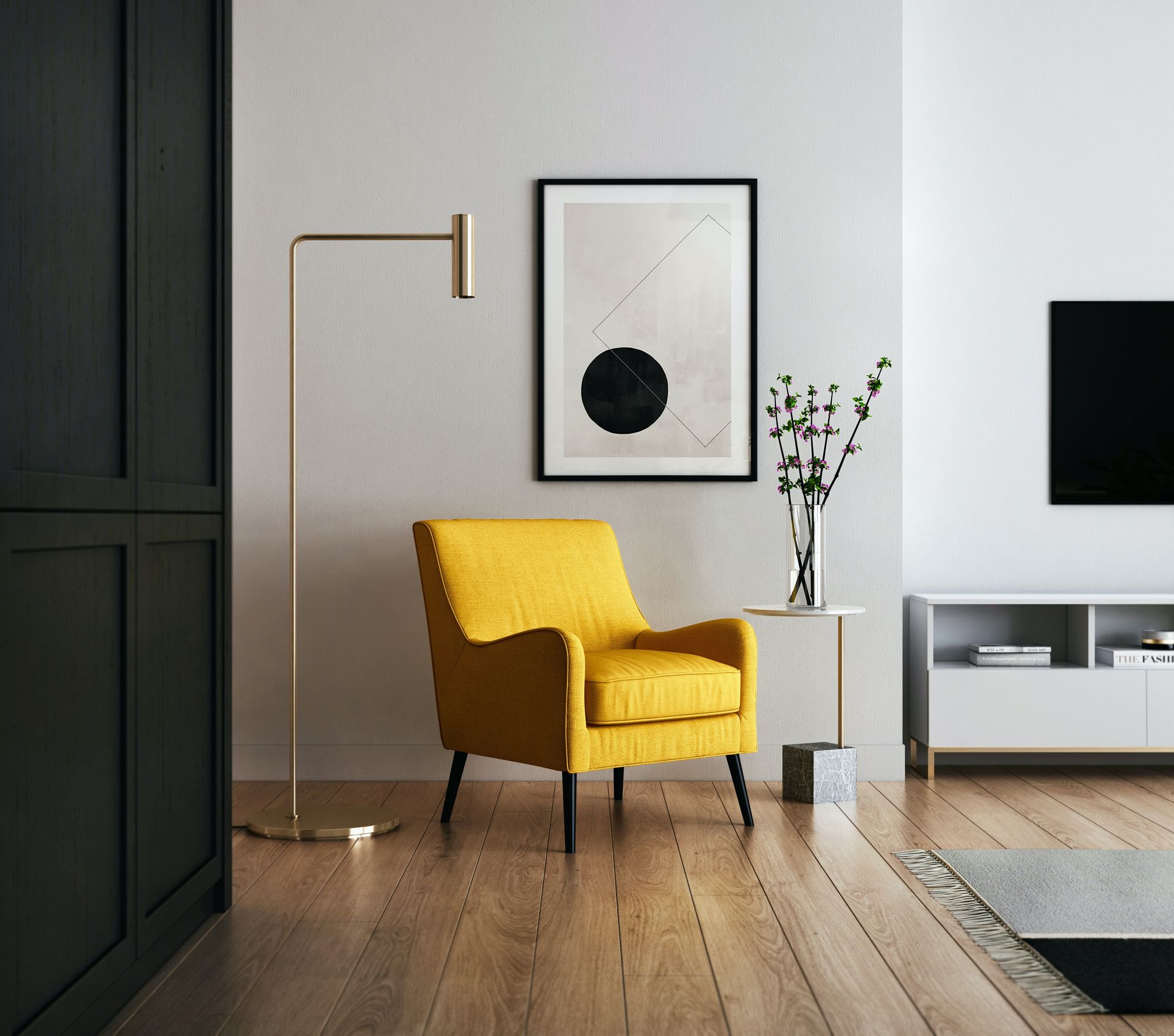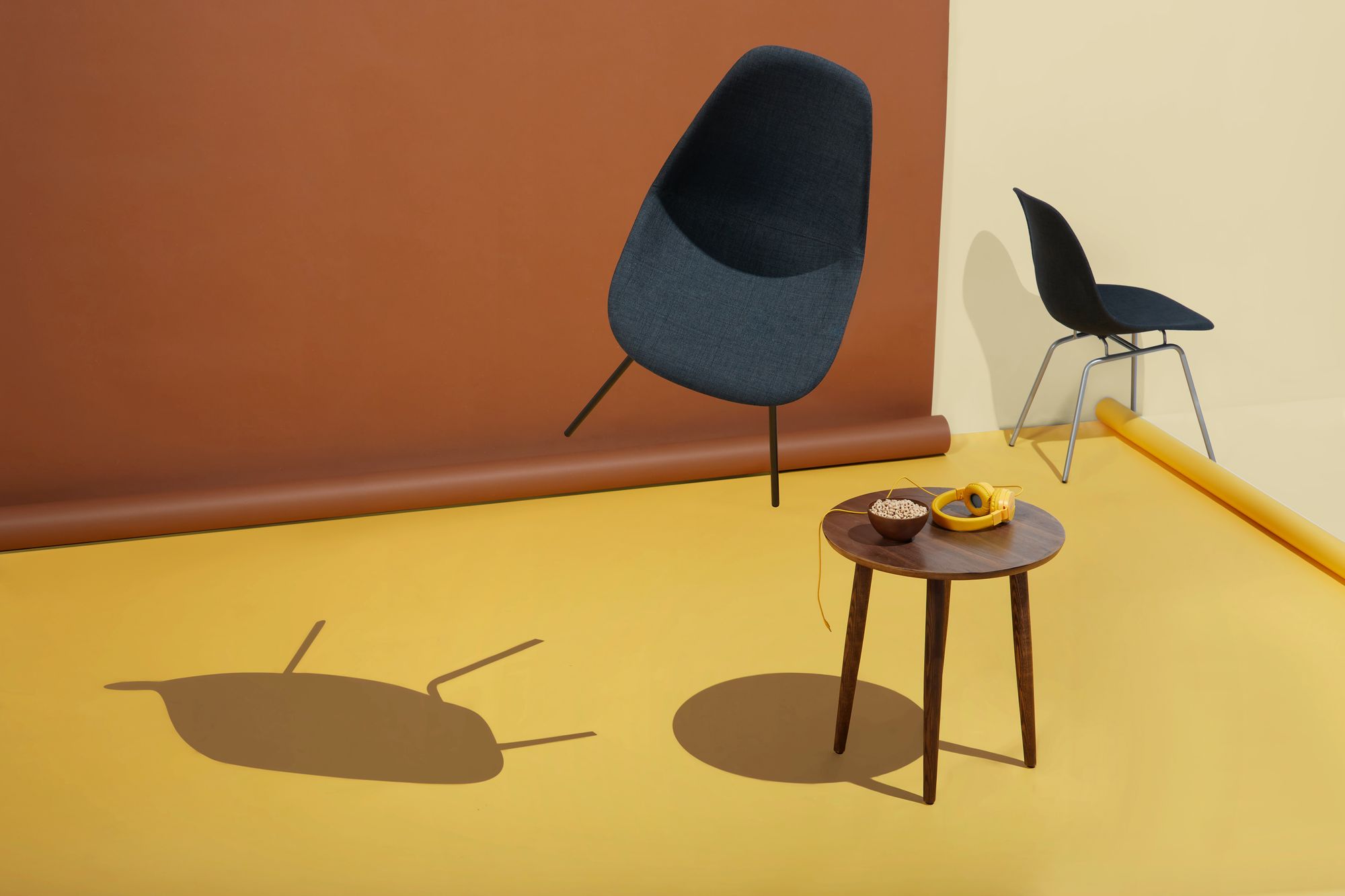Furniture manufacturing is a complex process that involves a number of techniques, materials, and tools. Different techniques are used to create different types of furniture, from chairs and tables to beds and dressers.

Understanding the importance and role of these different techniques is essential to creating high-quality and long-lasting furniture. In this article you will not only learn about the different techniques of furniture manufacturing but their pros and cons as well. So, let’s get started!
This article covers the following:
- Introduction to Furniture Manufacturing
- Traditional Woodworking Techniques
- CNC Machining and Woodworking
- Metal Furniture Manufacturing
- Laser Cutting and Engraving
- 3D Printing and Rapid Prototyping
- Vacuum Forming and Injection Moulding
- Upholstery and Furniture Finishing
- Sustainable Furniture Manufacturing
- Custom Furniture Manufacturing
- New Technologies in Furniture Manufacturing
- Challenges in Furniture Manufacturing
Introduction to Furniture Manufacturing
Furniture manufacturing is the process of creating furniture for both residential and commercial use. It involves the production of a variety of pieces, from chairs and tables to beds and bookcases.
Furniture makers must possess a wide range of skills in order to produce high-quality pieces that meet customer specifications. The furniture manufacturing process begins with the selection of materials.
Furniture makers must select the right type of wood for the piece they are creating in order to ensure the piece is strong and durable. Different types of wood can be used depending on the desired look and feel of the piece.
In addition, furniture makers must select the appropriate type of hardware, such as screws and nails, to ensure that the furniture is secure. Once the materials have been selected, furniture makers must prepare the wood by cutting it to the desired size and shape.
This is accomplished using specialized saws, such as table saws or band saws. The wood is then sanded and finished, which helps to protect the wood and make it look more attractive.
Once the wood is ready, furniture makers must assemble the pieces. This is done using a variety of tools, such as hammers, saws, drills, and clamps. The pieces are then joined together using nails, screws, glue, or a combination of these.
Finally, furniture makers must apply a finish, such as paint, stain, or varnish, to protect the piece and make it look attractive. This is typically done using a spray gun, brush, or roller.
Once the finish has been applied, the furniture is ready to be shipped to the customer. Furniture manufacturing requires a combination of skill, creativity, and precision.
Furniture makers must possess a variety of skills in order to create high-quality pieces that meet customer specifications. With the right tools and materials, furniture makers can create pieces that will last for many years to come.
Traditional Woodworking Techniques
Woodworking is one of the oldest and most respected crafts in the world. It has been around for centuries and is still used to create beautiful and functional furniture, decorative pieces, and more.
While modern woodworking has become more automated and efficient, traditional woodworking techniques are still used to create unique pieces of furniture that are sure to last for years to come.
The first traditional woodworking technique is joinery, which is the process of connecting two pieces of wood together. Joinery is essential to creating a sturdy, stable piece of furniture and can be done in a variety of ways.
Common joinery techniques include mortise and tenon, dovetail, and dowel joints. Each of these techniques has its own advantages and disadvantages, so it’s important to choose the right one for the project at hand.
Another traditional woodworking technique is shaping and carving. This technique involves taking a piece of wood and manipulating it into a desired shape. This can be done with hand tools like chisels, planes, and saws or with power tools like routers and sanders.
Shaping and carving can be used to create ornate designs and intricate details that add visual interest to a piece of furniture. Finally, traditional woodworking also includes finishing techniques.
Finishing is the process of sealing and protecting the wood to enhance its beauty and protect it from wear and tear. Common finishing techniques include staining, varnishing, and waxing.
The type of finish chosen should depend on the type of wood being used, as well as the desired look and feel. These are just a few of the traditional woodworking techniques that are still used today. With the right tools, materials, and knowledge, these techniques can be used to craft beautiful and long-lasting furniture pieces. Whether you’re a professional woodworker or a hobbyist, it’s always worth taking the time to learn and master these traditional woodworking techniques.
CNC Machining and Woodworking
When it comes to manufacturing furniture, CNC (computer numerical control) machining and woodworking are two of the most popular methods. Each has its own advantages and disadvantages, and the choice between them will depend on the particular project.
What is CNC Machining?
CNC machining is a computer-controlled manufacturing process that uses cutting tools to create precision parts from a variety of materials including wood, metal, plastic, and composites.
In this process, a computer-controlled router or spindle moves around the material, cutting it as specified by a set of instructions programmed into the machine. CNC machining is a fast, precise, and accurate method of producing parts with a high degree of repeatability. It is used in a wide range of applications, including automotive, aerospace, electronics, and medical products.
Advantages of CNC Machining
The main advantage of CNC machining is its speed and accuracy. CNC machines can produce parts with intricate shapes and details that would be impossible to achieve with traditional manufacturing methods.
CNC is also more efficient, as the same set of instructions can be used to create multiple identical parts. Finally, this method is also more cost-effective, as it requires fewer personnel to operate.
Disadvantages of CNC Machining
One of the main drawbacks of CNC machining is the high cost of the machines and the materials used. Additionally, it is not suitable for mass production, as the cost of each part increases with complexity.
Finally, CNC machining is not suitable for producing organic shapes, as it is limited to creating parts with straight edges and angles. What is Woodworking? Woodworking is the craft of using tools to shape wood into furniture, cabinets, and other items.
It is a traditional craft that requires skill and experience. Woodworking is a slower process than CNC machining, but it is often the preferred method for creating furniture that has intricate details and unique shapes.
Advantages of Woodworking
The main advantage of woodworking is its flexibility. Wood can be cut, shaped, and joined in a variety of ways to create unique pieces of furniture. Additionally, wood is a natural material, and it is relatively easy to find and source.
Finally, woodworking is a relatively affordable method of manufacturing furniture. Disadvantages of Woodworking The main disadvantage of woodworking is its slow production time.
Additionally, woodworking requires a great deal of skill and experience, which can lead to mistakes and errors. Finally, woodworking can be a dangerous process, as it involves the use of sharp tools and machinery.
CNC machining and woodworking are two of the most popular methods of manufacturing furniture. Each method has its own advantages and disadvantages, and the choice between them will depend on the particular project.
CNC machining is a fast and accurate method of producing parts with a high degree of repeatability, but it is not suitable for producing organic shapes. Woodworking is a slower process, but it is often the preferred method for creating furniture with intricate details and unique shapes. Ultimately, the choice between CNC machining and woodworking will depend on the project at hand.
Metal Furniture Manufacturing
Metal furniture is a popular option for many homeowners, as it offers a range of benefits, including durability, low maintenance requirements, and an attractive appearance.
However, there are a variety of manufacturing techniques used to create metal furniture, including welding, casting, extrusion, and others. In this blog, we’ll discuss each of these techniques in detail and explore the pros and cons of each.
Welding
Welding is one of the most popular metal furniture manufacturing techniques, as it offers a range of benefits. This process involves using heat to join two pieces of metal together and can be used to create a variety of metal furniture pieces, including tables, chairs, and cabinets.
Welding is a relatively fast and cost-effective technique, and it also offers a high degree of precision. However, welds can be difficult to repair, and welding can be hazardous due to the presence of fumes.
Casting
Casting is another popular metal furniture manufacturing technique. This process involves pouring molten metal into a mold, which is then cooled and solidified. Casting is used to create furniture with intricate details and is also relatively cost-effective. However, the process can be time-consuming and can require specialized equipment.
Extrusion
Extrusion is a metal furniture manufacturing technique that involves forcing molten metal through a die to create an object. This process is often used to create furniture with a uniform shape, such as chairs and tables.
Extrusion is a fast and cost-effective technique, but it can produce a limited range of shapes and sizes.
Powder Coating
Powder coating is a process that is used to create a protective finish on metal furniture. This technique involves spraying a dry powder onto the metal surface, which is then heated to form a durable finish.
Powder coating is a relatively fast and cost-effective technique, and it offers a range of benefits, including durability, low maintenance requirements, and an attractive appearance. These are just a few of the metal furniture manufacturing techniques that are available. Each technique offers a range of benefits and drawbacks, and it’s important to understand each technique in order to make the best decision for your furniture needs.
Laser Cutting and Engraving
Laser cutting and engraving is an innovative and popular method of furniture manufacturing that uses lasers to cut and engrave intricate designs on various materials.
This technology has revolutionized the furniture industry, as it allows for the creation of intricate and beautiful pieces of furniture in a fraction of the time and cost of traditional methods.
Lasers are used to cut and engrave furniture by using their high-powered light beams to precisely cut or engrave the material. The intensity of the laser can be adjusted depending on the material being used and the desired design.
This high precision and accuracy make it possible to create unique and intricate furniture designs that would otherwise be too difficult or impossible to achieve with traditional methods.
The laser cutting and engraving process can be used on a variety of materials including wood, metal, plastic, and even glass. This versatile technology is perfect for making furniture with intricate details that are impossible to replicate with traditional methods.
Laser cutting and engraving are also ideal for creating furniture with intricate patterns, logos, and images. Due to its accuracy, laser cutting and engraving is a very safe and efficient methods of furniture manufacturing.
The laser beam is very precise and can be used to create intricate and detailed designs without creating any hazardous waste or damaging the material. The laser beam does not generate heat, eliminating the risk of fire or injury.
Laser cutting and engraving is an ideal solution for furniture manufacturing, as it offers a high level of precision, accuracy, and speed. It is also an affordable option for creating beautiful pieces of furniture that are unique and intricate.
With laser cutting and engraving, furniture can be created quickly and with very little waste. With its versatility, accuracy, and affordability, laser cutting and engraving is sure to revolutionize the furniture industry.
3D Printing and Rapid Prototyping
As technology continues to rapidly develop, so too do the methods of furniture manufacturing. 3D printing and rapid prototyping are two of the most popular techniques being used in the furniture industry today.
Both of these methods allow manufacturers to quickly create furniture prototypes or even finished pieces, as well as provide a cost-effective way to create furniture pieces of any size or shape.
3D printing, also known as additive manufacturing, is a process where a three-dimensional object is created from a digital model. This process is achieved through the use of a 3D printer which deposits layers of material in order to create the desired object.
3D printing is a great way to quickly create prototypes of furniture, as it is much faster than traditional manufacturing methods. It also allows furniture makers to produce complex and intricate shapes, as well as customize pieces to the customer’s exact specifications.
Rapid prototyping is a similar process to 3D printing, but instead of creating an object from a digital model, it utilizes a computer-aided design (CAD) program to create the model.
This process is much faster than traditional manufacturing methods and is also more cost-effective. Rapid prototyping is ideal for furniture makers who need to quickly and accurately create prototypes of their furniture designs.
3D printing and rapid prototyping have revolutionized the furniture industry and are now being used by many manufacturers to quickly and efficiently create furniture pieces. These methods allow furniture makers to quickly create complex and intricate shapes, as well as customize pieces to the customer’s exact specifications.
In addition, these methods are much faster and more cost-effective than traditional manufacturing methods. With these new technologies, furniture makers now have the ability to create furniture pieces of any size and shape.
Vacuum Forming and Injection Molding
Vacuum Forming and Injection Molding are two popular and widely used furniture manufacturing techniques. Vacuum forming is a process in which thermoplastic sheets are heated and placed over a mold.
Air is then drawn out of the mold area via a vacuum, creating a form that takes the shape of the mold. This process is used to create furniture items such as chairs, tables, and other pieces with intricate shapes and details.
Injection molding is a process of creating furniture pieces by injecting a plastic or rubber material into a mold. This process is often used to produce furniture items that require a high level of detail and precision.
The process begins by heating the plastic or rubber material, then injecting it into a mold. The material is then cooled, and the mold is opened to reveal the piece. These two processes are popular in the furniture manufacturing industry due to their cost-effectiveness and ability to produce high-quality furniture pieces.
Vacuum forming is often used to create intricate shapes and details in furniture pieces, while injection molding is used to produce items with more complex designs. Both processes are cost-effective, allowing furniture makers to create high-quality furniture pieces at an affordable price.
Ultimately, both vacuum forming and injection molding are valuable techniques for furniture manufacturing. Furniture makers can use these processes to create intricate and high-quality pieces that are cost-effective and aesthetically pleasing. With the right materials and techniques, furniture makers can create beautiful furniture pieces for a fraction of the cost.
Upholstery and Furniture Finishing
Having a well-crafted piece of furniture is not complete without the perfect finishing touches. Upholstery and furniture finishing are essential parts of furniture manufacturing, as they are what make a piece of furniture truly unique and stand out in a home.
Upholstery is the process of covering a piece of furniture with fabric or leather. This can be done in a number of different ways, including pleating, tufting, buttoning, and more. Upholstery also involves using different materials such as foam, batting, and padding to ensure the fabric or leather is properly secured and comfortable.
The type of fabric or leather used will also affect the look and feel of the piece and should be chosen carefully to ensure it complements the other elements of the furniture. Furniture finishing is the process of applying a protective coating to the surface of the furniture.
This coating can be made from a variety of different materials, including varnishes, shellacs, stains, waxes, and more. Each of these materials can be combined in various ways to create a unique and individual look.
The finish should be chosen carefully to ensure it is compatible with the rest of the furniture and the environment in which it will be placed. Upholstery and furniture finishing are two of the most important steps in furniture manufacturing.
By carefully considering the type of fabric or leather chosen for upholstery and the type of finish used for the furniture, a unique and beautiful piece of furniture can be created. This is what makes furniture manufacturing a special and unique process and one that should be carefully considered.
Sustainable Furniture Manufacturing
Sustainable furniture manufacturing is a process that utilizes environmentally-friendly materials and resources to create furniture that is as good for the environment as it is for the people who use it.
The goal is to create furniture that lasts for a long time and is made from materials that are either renewable or recyclable. This type of manufacturing is becoming increasingly popular with furniture makers who want to reduce their environmental impact and contribute to a greener future.
When it comes to sustainable furniture manufacturing, there are several techniques and strategies that furniture makers can use. One of the most important is to choose materials that are renewable or recyclable.
Common materials used in sustainable furniture manufacturing include bamboo, cork, and reclaimed wood. All of these materials are renewable, meaning they can be harvested without causing any damage to the environment. In addition to using renewable materials, furniture makers can also use recycled materials to create furniture.
This includes using scrap wood, fabric scraps, and other materials that would otherwise be thrown away. By using these materials, furniture makers can save resources and reduce the amount of waste that goes into landfills. Another important element of sustainable furniture manufacturing is to reduce energy usage.
Many furniture makers use energy-efficient manufacturing processes such as laser cutting, CNC routing, and automated presses. These processes help to reduce the amount of energy used during the manufacturing process, which helps to lower emissions and reduce the environmental impact of the furniture.
Finally, furniture makers should also focus on creating furniture that is designed to last. This means using materials that are durable and won't quickly break down. By investing in quality materials and construction, furniture makers can create products that can last for years.
This helps to reduce the amount of waste created by furniture that needs to be replaced regularly. By utilizing these techniques and strategies, furniture makers can create furniture that is both environmentally friendly and stylish. Sustainable furniture manufacturing is becoming increasingly popular, and it is an important part of creating furniture that is both stylish and environmentally conscious.
Custom Furniture Manufacturing
Custom furniture manufacturing is a process in which furniture is created to meet the exact needs and specifications of the customer. This is different from mass-produced furniture, which is typically made in large batches and often cannot be customized.
Custom furniture is made to order and can be tailored to the exact specifications of the customer, such as size, shape, material, style, and design. The custom furniture manufacturing process begins with the customer providing the manufacturer with their desired specifications.
This can include drawings, photographs, or sketches of the desired piece. The manufacturer then creates a prototype of the piece according to the customer’s specifications. After the prototype is approved by the customer, the manufacturer begins to create the final product.
The first step in the custom furniture manufacturing process is to create the frame of the piece. This is usually done with wood, metal, or a combination of the two materials. The frame is then constructed to the customer’s exact specifications, including size, shape, and design.
Once the frame has been constructed, the furniture is then assembled and finished. The finishing process can include adding a stain or paint to the piece, as well as adding any hardware or upholstery that is desired.
This process is often where the customization of the piece comes into play, as the customer can choose from a wide variety of stains and paints, as well as different materials for the upholstery. Once the custom furniture piece is completed, it is then inspected for quality assurance and delivered to the customer.
This process can take weeks or even months to complete, depending on the complexity of the furniture piece. Custom furniture manufacturing is a great way for customers to have exactly the furniture piece that they want.
It is also a great way for furniture manufacturers to create unique and eye-catching pieces that can’t be found anywhere else. If you’re looking for a one-of-a-kind piece of furniture, custom furniture manufacturing is the way to go.
Pros & Cons of Different Furniture Manufacturing Techniques
Furniture manufacturing is a complex process that requires a variety of techniques to create quality pieces. From traditional methods to advanced technology, the furniture industry has seen a range of changes in the way furniture is produced.
Traditional Furniture Manufacturing Traditional furniture manufacturing is the most common form of furniture making. This technique involves the use of hand tools and simple machines to craft wood or other materials into furniture.
While it is the most time-consuming and labor-intensive method, it is also the most reliable and produces the highest-quality pieces.
Pros:
-Craftsmen have the ability to customize pieces to the customer’s specifications.
- Furniture made with traditional techniques can be expected to last longer.
- Produces unique and high-quality pieces.
Cons:
-High labor costs can make it expensive.
-Time-consuming and labor-intensive process.
- Difficult to scale production.
-Modern Furniture
Manufacturing Modern furniture manufacturing utilizes advanced technology such as CNC machines and 3D printing to create pieces.
This method is becoming increasingly popular due to its ability to quickly and efficiently produce high-quality pieces.
Pros:
- Quickly and efficiently produces pieces.
- Cost-effective and can easily scale production.
- High-quality pieces with consistent dimensions.
Cons:
- Requires expensive equipment and technology.
- More difficult to customize pieces.
- Less unique pieces than traditional methods.
Mass Production
Mass production is the process of producing large quantities of furniture pieces in a short amount of time. This method is used in large furniture factories and is the most cost-effective way to produce furniture.
Pros:
- Cost-effective and efficient.
- Can quickly produce large quantities of pieces. - Allows for easy customization of pieces.
Cons:
- Quality of pieces is not as high as other methods. - Difficult to make unique pieces. - Labor costs are still high. No matter which furniture manufacturing technique you choose, it is important to consider the pros and cons of each method before making a decision.
Each technique has its own advantages and disadvantages, but all of them can produce quality pieces. It is up to you to decide which method is best for you and your furniture business.
How Can Deskera Assist You?
As a manufacturer, you must keep track of your inventory stock. The condition of your inventory has a direct impact on production planning. It also has a direct impact on people and machinery use and capacity utilization.

Deskera MRP is the one tool that lets you do all of the above. With Deskera, you can:
- Control production schedules
- Compile a Bill of Materials
- Produce thorough reports
- Make your dashboard
Deskera ERP is a complete solution that allows you to manage suppliers and track supply chain activity in real-time. It also allows you to streamline a range of other company functions.
Deskera Books allows you to manage your accounts and finances better. It helps maintain good accounting standards by automating billing, invoicing, and payment processing tasks.
Deskera CRM is a powerful tool that organizes your sales and helps you close deals rapidly. It enables you to perform crucial tasks like lead generation via email and gives you a comprehensive view of your sales funnel.
Deskera People is a straightforward application for centralizing your human resource management activities. Not only does the technology expedite payroll processing, but it also helps you to handle all other operations such as overtime, benefits, bonuses, training programs, and much more.
Key Takeaways:
- Sustainable wood is becoming increasingly popular as people become more conscious of the environment and their impact on it.
- Sustainable wood is a great choice for furniture and home décor, as it helps reduce our impact on the environment.
- When it comes to sustainability, wood is one of the most abundant and renewable resources available to us.
- With the increasing concern about global warming and deforestation, it's important to make sure the wood we buy is sourced from sustainable sources.
- Many companies are now labeling their wood with labels that indicate where the wood was sourced and how it was harvested. Look for labels that say FSC-certified, SFI-certified, or PEFC-certified.
Related Articles:












